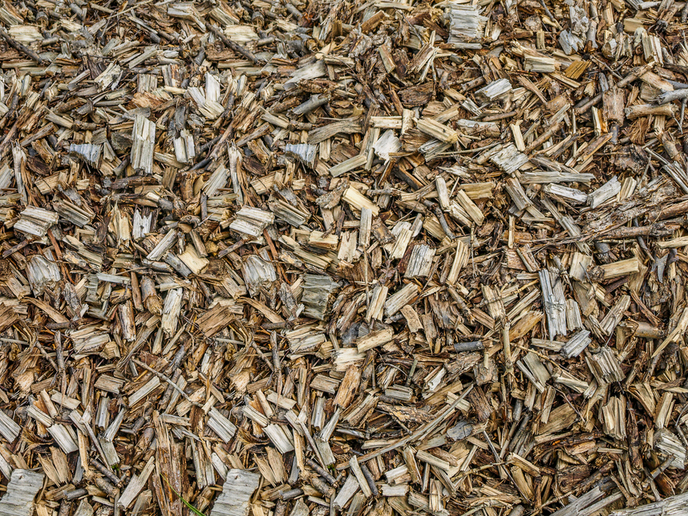Synthesising bioactive plant alkaloids
People have used alkaloid-containing plants for therapeutic purposes since ancient times. Plant alkaloids are typically complex heterocyclic nitrogen-containing compounds. The Daphniphyllum alkaloids form a family of complex natural products found in evergreen trees native to south-east Asia. Many Daphniphyllum alkaloids possess cytotoxic or antioxidative biological activity. Limited availability of these compounds, obtained from natural sources, inhibits detailed study of their biological functions and pharmacological properties. The synthesis of Daphniphyllum alkaloids is very challenging due to the complexity of their polycyclic structure. Daphlongeranine B alkaloid, isolated from the fruits of Daphniphyllum longeracemosum in 2007, can inhibit platelet aggregation in vitro. It has a hexacyclic core with seven stereogenic centres, three of which are fully substituted. Chemical synthesis of Daphlongeranine B presents a formidable synthetic challenge. The EU-funded project 'Total synthesis of Daphlongeranine B' (DAPHNISYN) attempted to develop a route to a complete synthesis of this alkaloid. The 2-year project investigated a 19-step route, beginning from simple starting materials and using powerful catalyst- and substrate-controlled reactions and cascade sequences. During the course of the project the initial route had to be altered due to the inability to obtain a needed intermediate compound. However, an alternative five-step procedure was successful in the synthesis of densely functionalised pyrrolidine as a single diastereomer with good chemical yield. The developed synthetic procedure is scalable and the intermediate compound is used in consecutive studies involving chiral side chain addition. The continuing work is expected to culminate in the first total synthesis of the target molecule, Daphlongeranine B, in due course.







